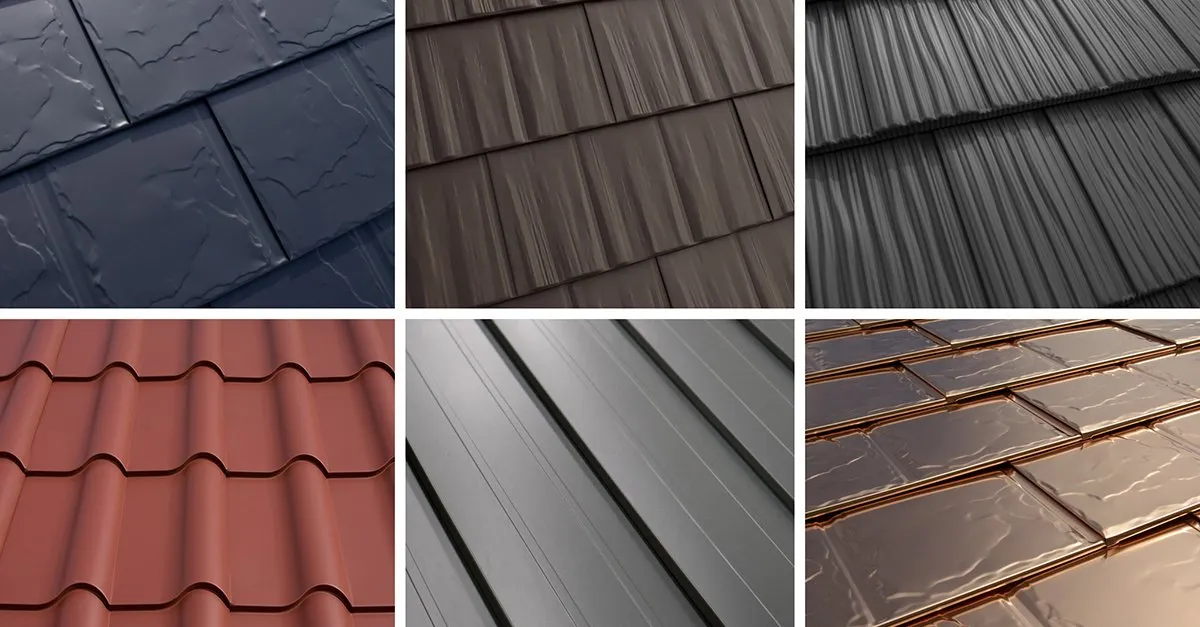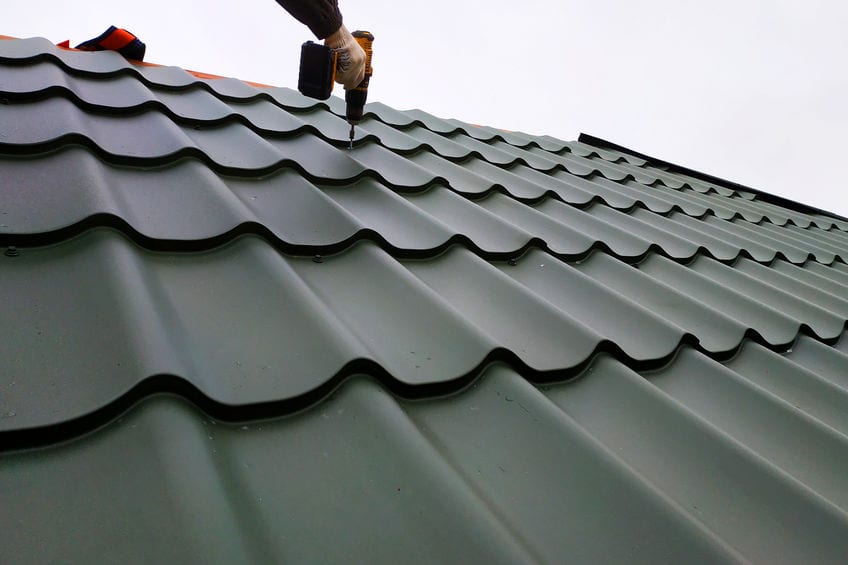A typical metal roof consists of the following layers, starting from the base: roof deck (sheathing),
underlayment, metal panels, fasteners, flashing, and a ridge cap, with the underlayment protecting the
deck and the metal panels acting as the primary weather barrier, secured by fasteners and further
sealed with flashing around penetrations and valleys; a ridge cap finishes the roofline at the highest
point.
212 oneway construction
It is a long established fact that a reader will be distracted by the readable content of a page when looking at it as layout. The point of using Lorem Ipsum is that it has a more normal distribution.

Breakdown of the layers.
- Roof Deck (Sheathing)
- Underlayment
- Metal Panels
- Fasteners
- Flashing
- Ridge Cap
- Importance of underlayment
- Proper installation is crucial
A typical metal roof consists of the following layers, starting from the base: roof deck (sheathing),
underlayment, metal panels, fasteners, flashing, and a ridge cap, with the underlayment protecting the
deck and the metal panels acting as the primary weather barrier, secured by fasteners and further
sealed with flashing around penetrations and valleys; a ridge cap finishes the roofline at the highest
point.
Breakdown of the layers:
Roof Deck (Sheathing):
The structural foundation of the roof, typically made of plywood or OSB boards, providing support for
the entire roofing system.
Underlayment:
A waterproof membrane laid on top of the roof deck to protect against moisture infiltration, often a
synthetic material.
Metal Panels:
The primary roofing material, consisting of prefabricated metal sheets like steel or aluminum, designed
to shed water efficiently.
Fasteners:
Screws or nails used to securely attach the metal panels to the roof deck through pre-punched holes.
Flashing:
Metal pieces installed around roof penetrations, valleys, and edges to prevent water leaks by directing
water flow.
Ridge Cap:
A finishing piece installed along the highest point of the roof where two opposing slopes meet, providing
a weatherproof seal.
Key points about metal roofing layers:
Importance of underlayment:
While metal panels are highly water resistant, an underlayment adds an extra layer of protection against
potential leaks.
Different metal types:
Metal roofs can be made from various materials like galvanized steel, galvalume, or copper, each with
different properties regarding corrosion resistance and longevity.
Proper installation is crucial:
Correct placement and fastening of metal panels, along with careful flashing details, are essential for a
functional and durable roof..
